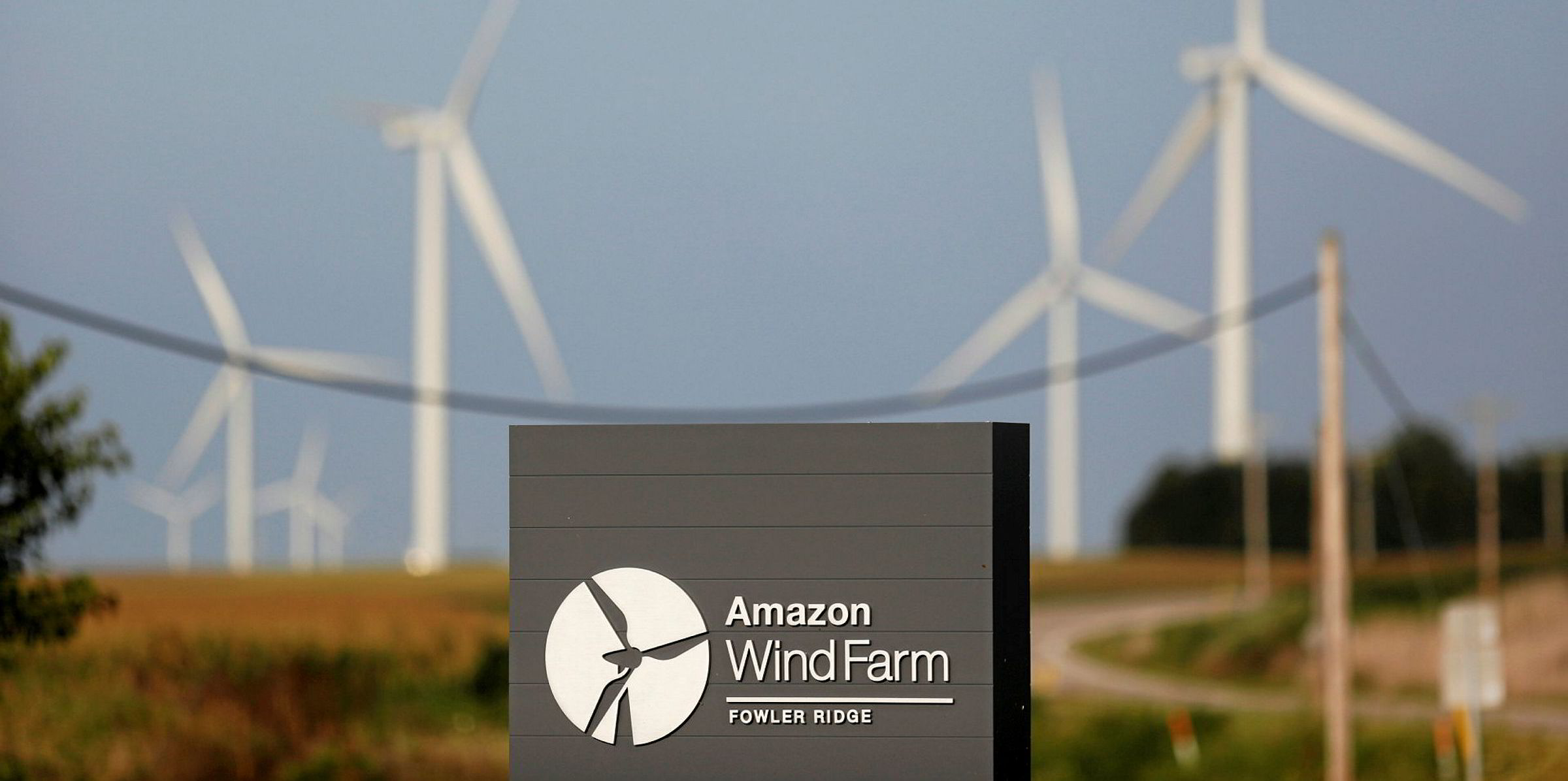English planners received just one new onshore wind application and approved a paltry three new turbines last year, according to data from industry body RenewableUK highlighting a stark contrast with thriving activity levels in Scotland.
With the consented turbines totaling 1.9MW and an application for 5MW, latest data from RenewableUK shows onshore wind activity virtually dried up in England in 2019 under the twin pressures of restrictive planning rules and exclusion from the UK’s contract-for-difference (CfD) support mechanism.
In Scotland, where the devolved government is far more planning-friendly to onshore wind, there was a “healthy pipeline” of 556MW across 26 projects consented and almost 2GW of applications, said the industry group.
With supportive policies, open spaces and good wind resources, Scotland has emerged rapidly as the likely location for the majority of future onshore development, while England remains far more challenging under regulations introduced by the ruling Conservative government in 2015.
Recharge reported last week how developers are calling in the industry’s largest new turbines to give onshore projects a chance to achieve viability on a zero-subsidy basis.
However, with onshore wind locked out of CfD support that’s under the control of the UK government in London – not the devolved administration in Edinburgh – the industry has warned that the exclusion from a government-backed route to market of the cheapest source of new zero-carbon power threatens Britain’s ambitious 2050 net-zero goal.
RenewableUK data shows total new UK installations fell again to 626MW in 2019 from 651MW in 2018 and 2.68GW in 2017, showing the unravelling of the sector as government support from earlier schemes vanished against the background of a policy that sees offshore not onshore wind as the priority.
RenewableUK head of policy and regulation Rebecca Williams said: “These figures highlight that the current approach is falling short on delivering renewable energy capacity at the level needed for net zero. This is a flashing red warning light on our net zero dashboard and we urgently need a new strategy from government.
“Onshore wind is one of the cheapest low carbon technologies in the UK, quick to build, and it’s hugely popular as the government’s own opinion polls show 78% of people support it.”



